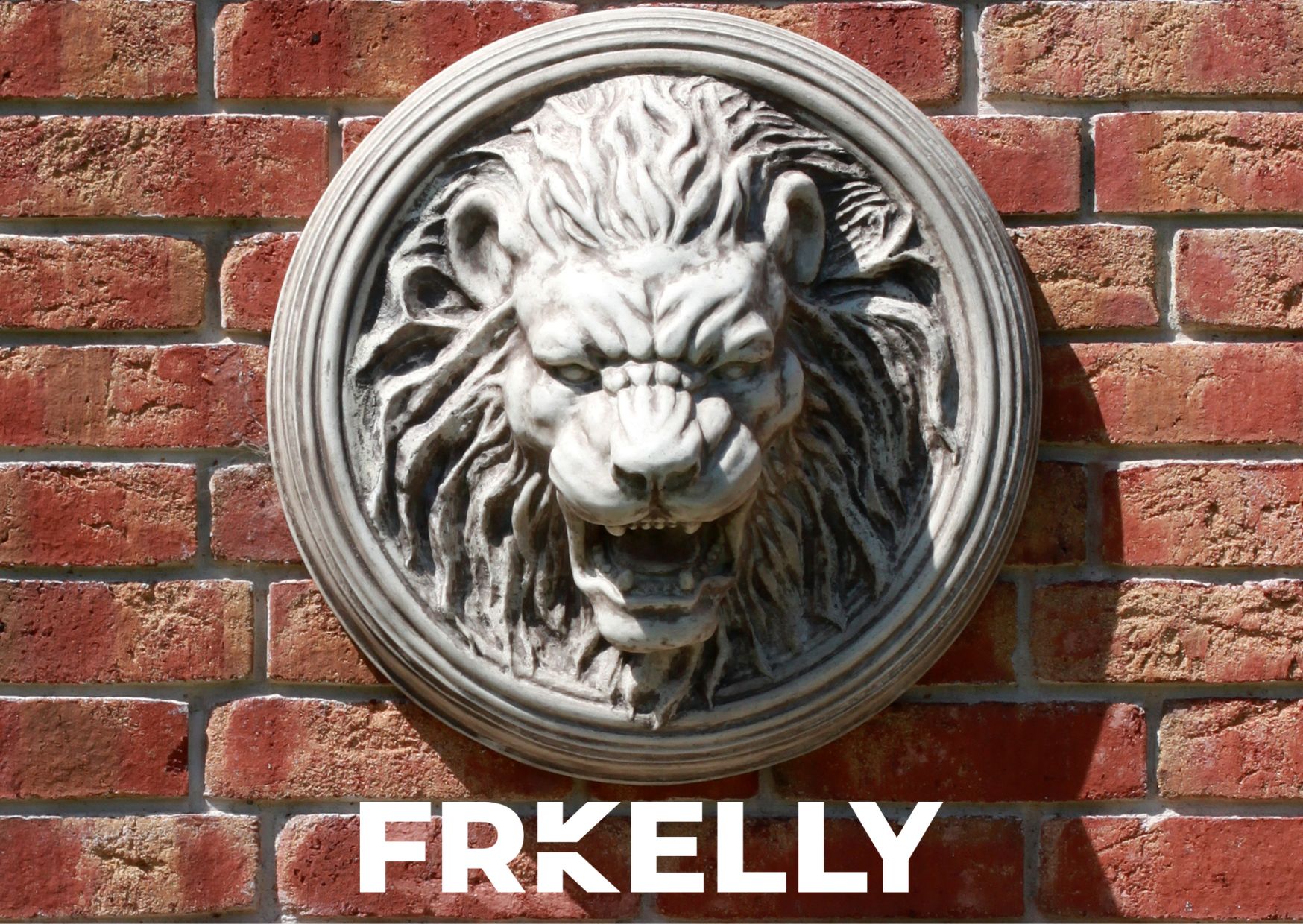EUTM Invoice Scams: German Courts deliver judgement against fraudsters
24th October 2024

French fashion company Pierre Balmain had filed an EU trademark application for a figurative mark consisting of a lion’s head. This was successfully opposed by Polish company Story Time Sp zoo, the proprietor of an earlier figurative mark also consisting of a lion’s head. The opposition was subsequently upheld by the Board of Appeal of the EUIPO. Balmain sought to annul this decision before the General Court.
The EUIPO, in response, requested that the General Court either dismiss Balmain’s action in its entirety or, alternatively, make a ruling on the distinctiveness of the earlier mark. In Case T-564/22, the court annulled the board’s decision on the basis that the earlier mark possessed a weak distinctive character, as the representation of a lion’s head should be considered a banal and commonplace decorative motif in the fashion sector.
Background
In November 2017 Balmain applied to register the figurative mark depicted below for goods in Classes 14 and 25:

This was opposed by Story Time on the basis of its earlier figurative national Polish mark (No R 310 996), depicted below, for goods in identical classes:

The Opposition Division of the EUIPO found a likelihood of confusion and upheld the opposition in respect of all contested goods. Balmain appealed and the Fourth Board of Appeal dismissed the appeal on the ground that the marks at issue were visually similar to an average degree and conceptually identical, since they both conveyed the concept of a lion’s head. The board held that the earlier mark possessed a normal degree of inherent distinctiveness. Balmain appealed to the General Court to annul the decision.
The law
The EUIPO sought to dismiss the action and also adopted an unusual procedural position of seeking, in the alternative, for Balmain’s action to be upheld should the General Court take the view that the earlier polish mark possessed only a low level of distinctiveness. The court gave specific consideration to this and noted that, while the EUIPO does not have the requisite capacity to bring an action against a decision of a Board of Appeal, it cannot be required to defend every contested decision of a Board of Appeal or to claim that every action challenging such a decision should be dismissed. In this instance, the EUIPO was seen to be endorsing a head of claim of Balmain’s (against the position adopted by the Board of Appeal) while giving guidance to the court. The court decided that the EUIPO’s alternative head of claim was admissible as long as it did not go beyond the orders sought and the pleas in law put forward by Balmain.
Court's observations
The General Court found that the earlier mark consisted of graphic elements which possessed only a low degree of inherent distinctiveness; in particular, the representation of lions or lions’ heads or of wild animals in the fashion sector is a banal and common practice. For this reason, the board had erred in finding that the earlier mark had an average degree of inherent distinctiveness.
The court observed that, in practice, where the marks being compared are considered to coincide in an element which is weakly distinctive, the global assessment does not often lead to a finding that likelihood of confusion exists (citing Primart v EUIPO (Case C-702/18 P) and YAPlus DBA Yoga Allicance v EUIPO (Case T-443/21)).
In addition, the court upheld Balmain’s contention that the Board of Appeal had given undue importance to the conceptual identity between the marks at issue: even though the marks were conceptually identical, this could be of only limited importance in the global assessment of the likelihood of confusion, since the concept in common was only weakly distinctive in relation to the goods covered and could therefore only contribute to a very limited extent towards the function of a mark, namely as a source identifier.
For the reasons set out above, the court found that the board had erred in finding a likelihood of confusion and annulled the decision.
Comment
The judgment provides helpful comments and insight into the assessment of inherent registrability and, in particular, on the weakness of figurative marks which contain simple reproductions of animals. The General Court appears to be addressing the issue of ‘overprotection’ of weak trademarks.
This article first appeared in WTR Daily, part of World Trademark Review, in January 2024. For further information, please go to www.worldtrademarkreview.com.
